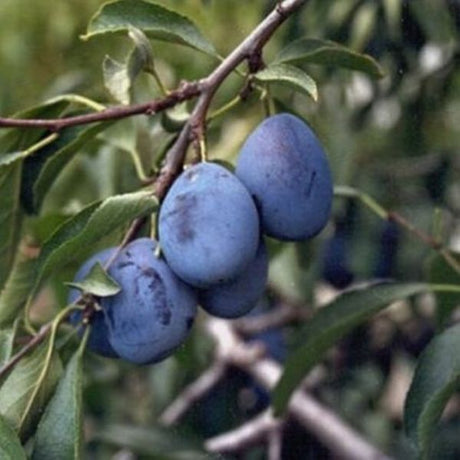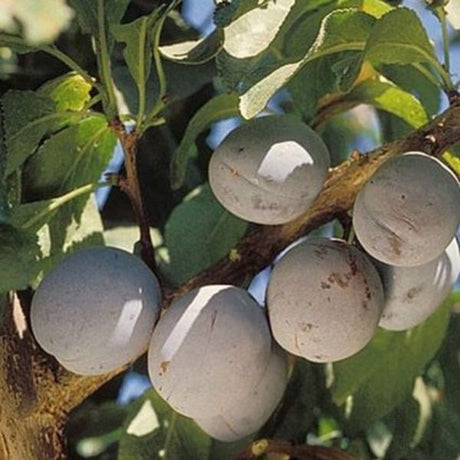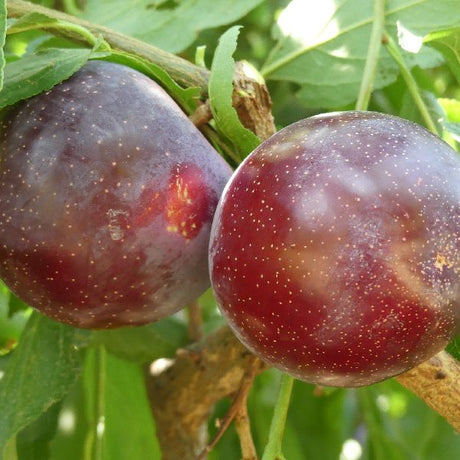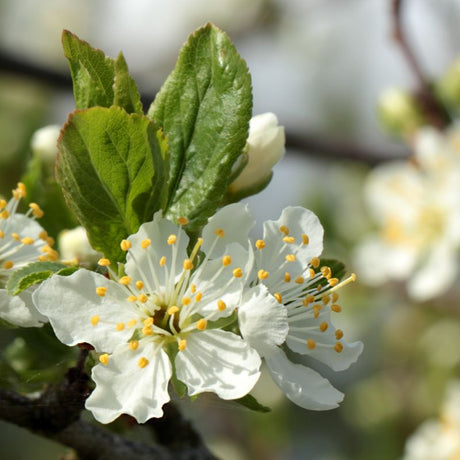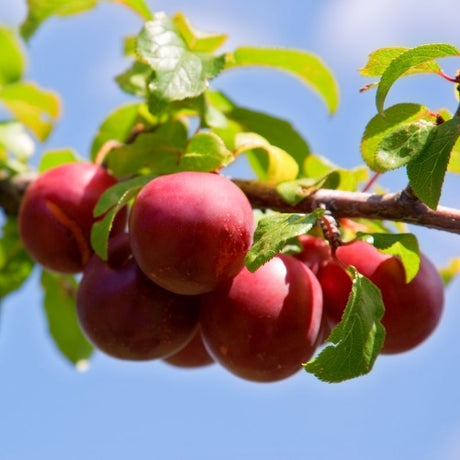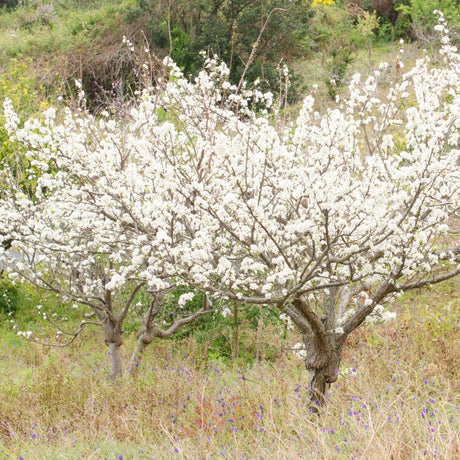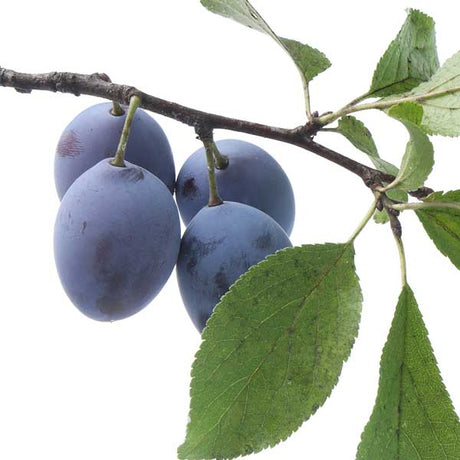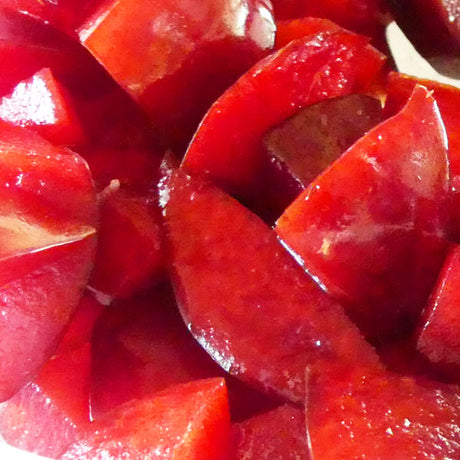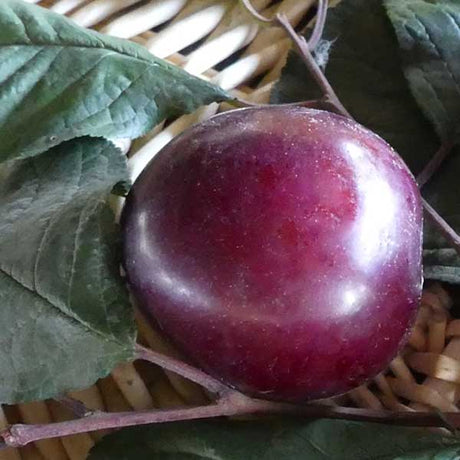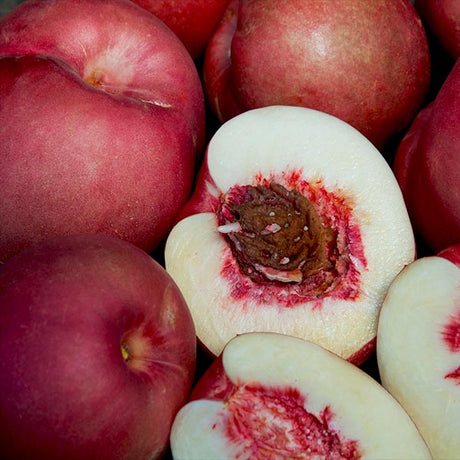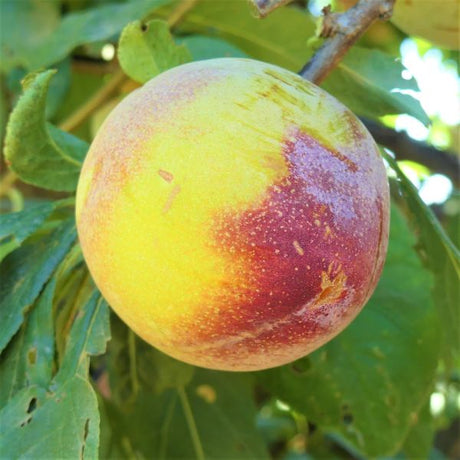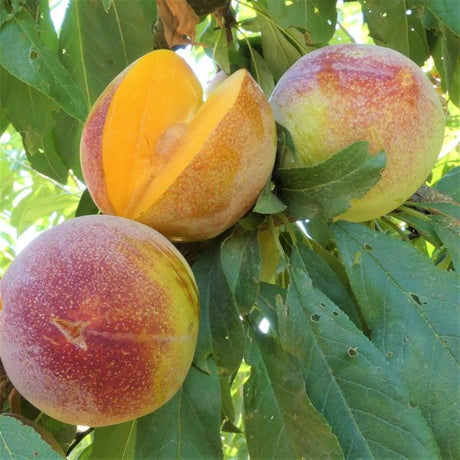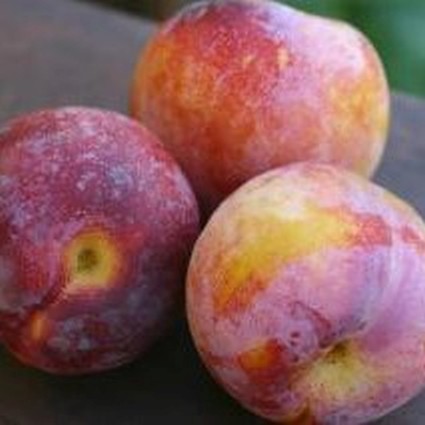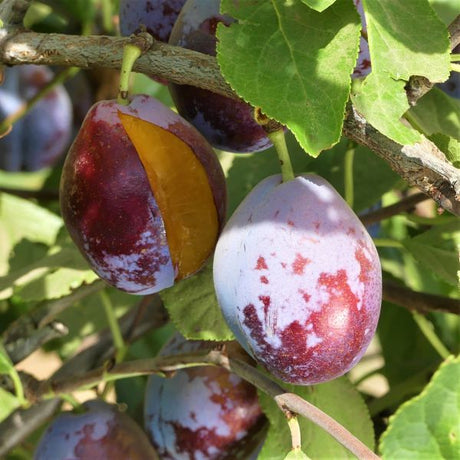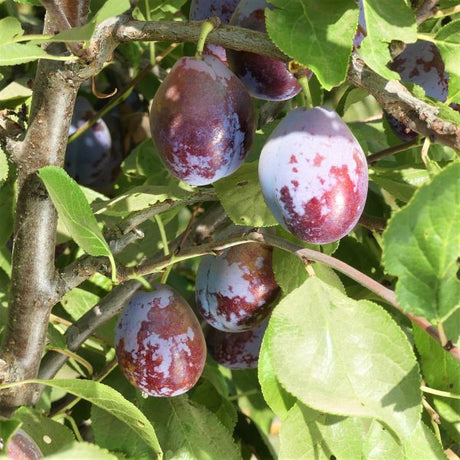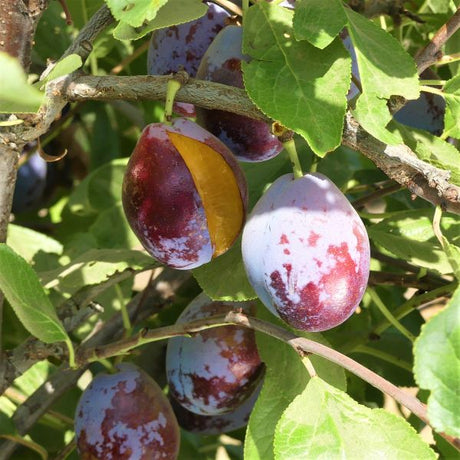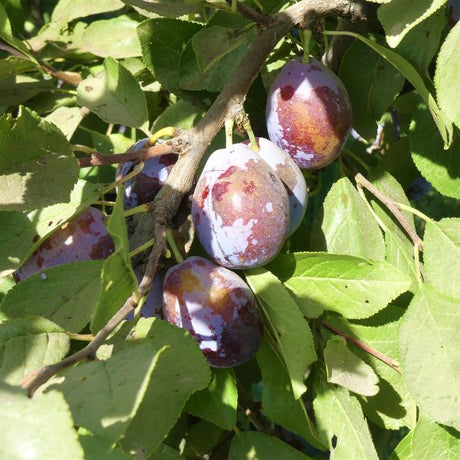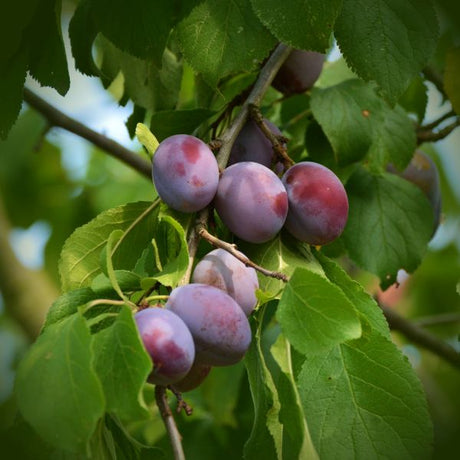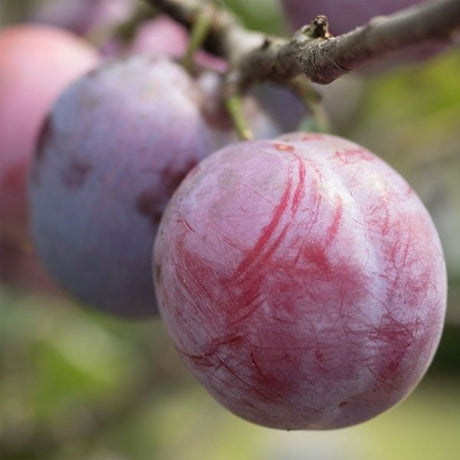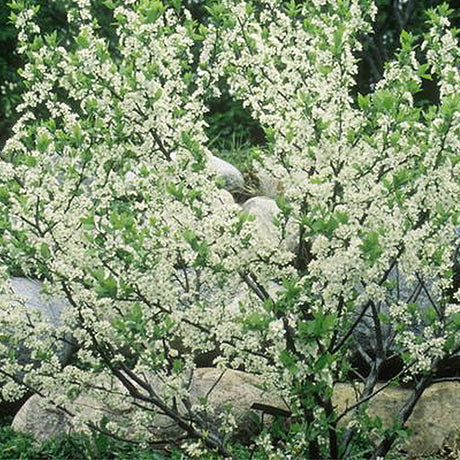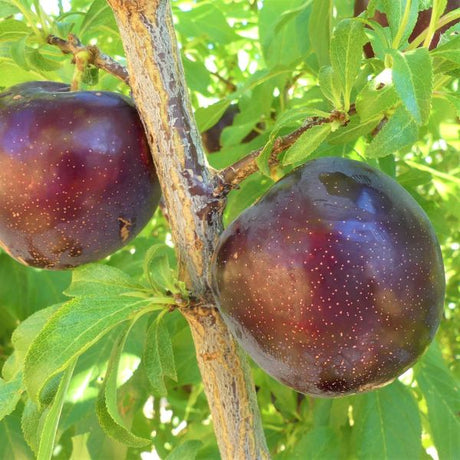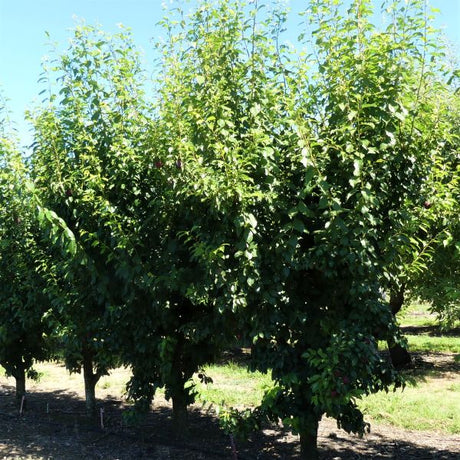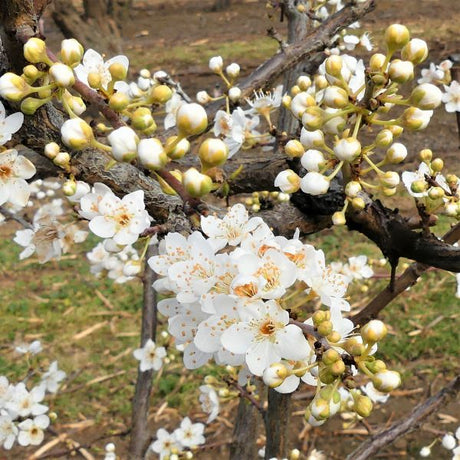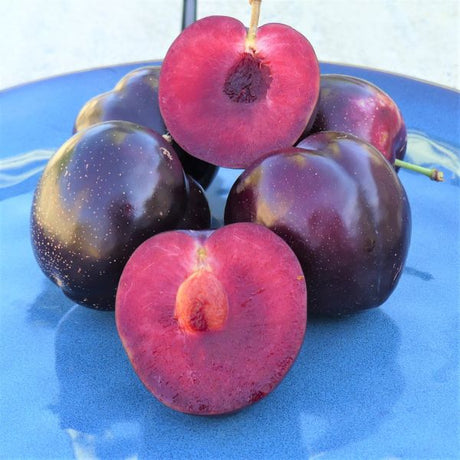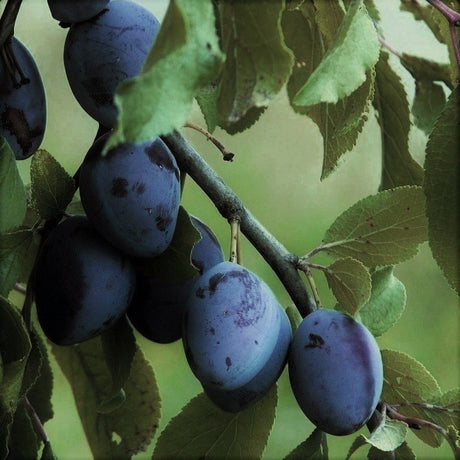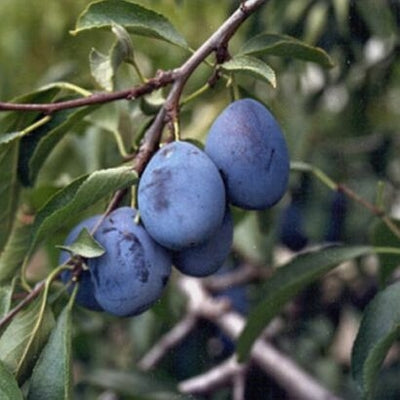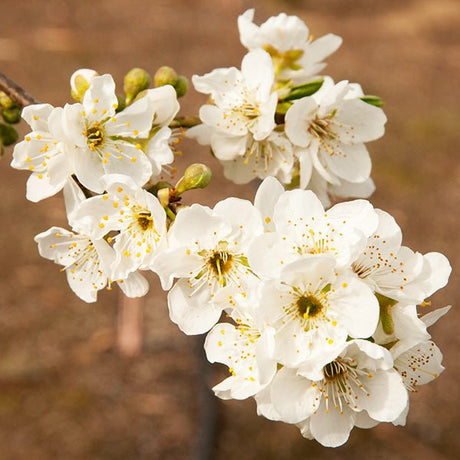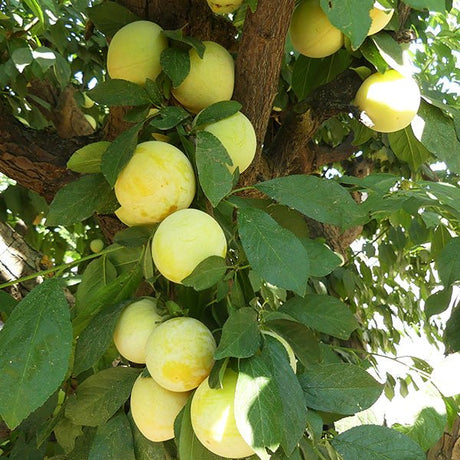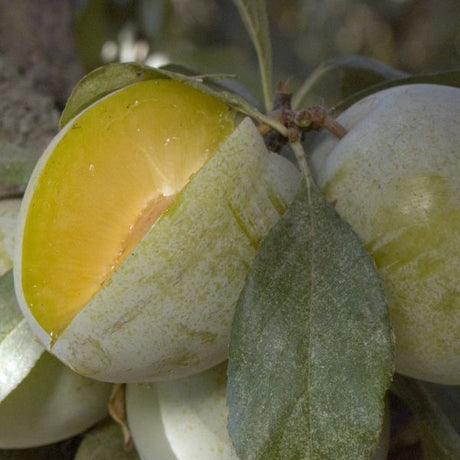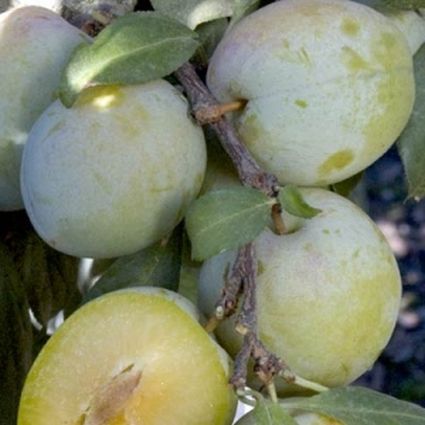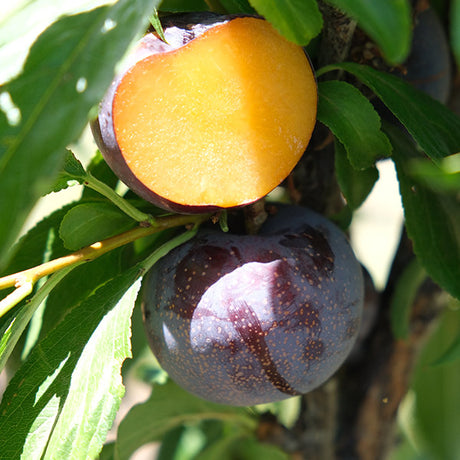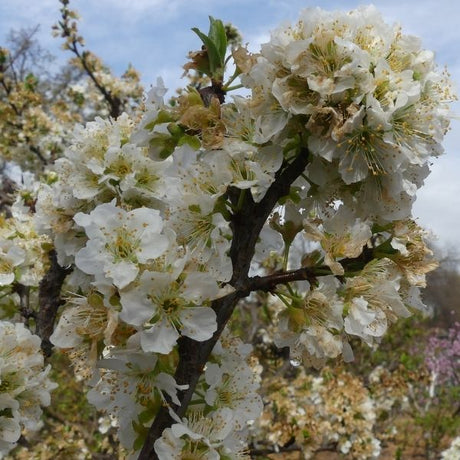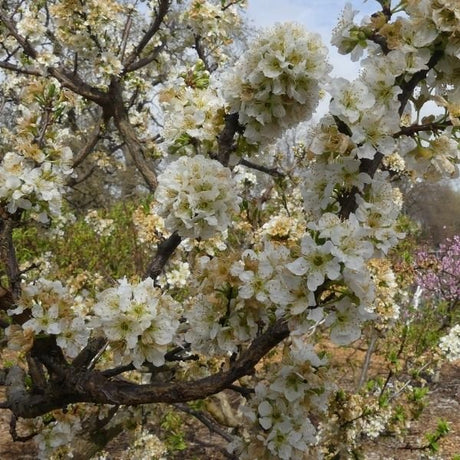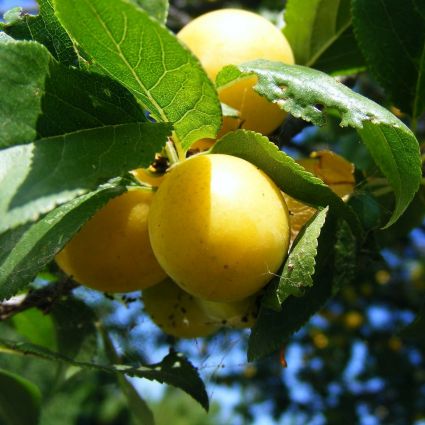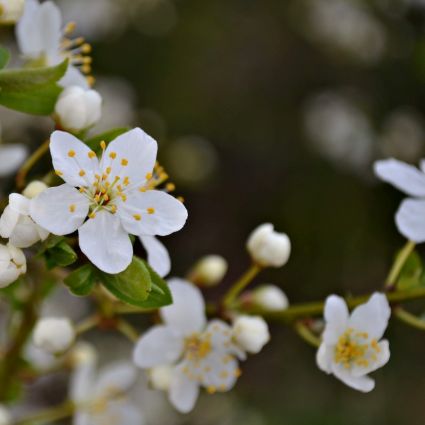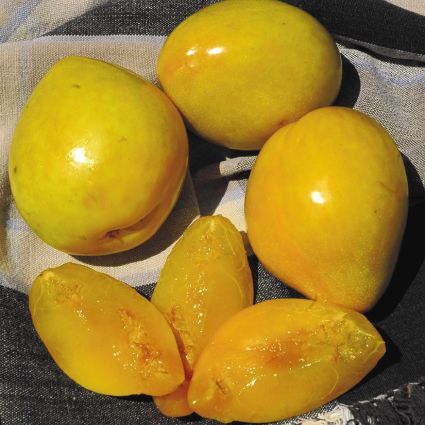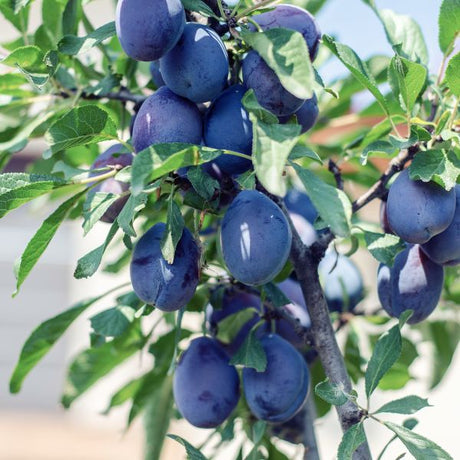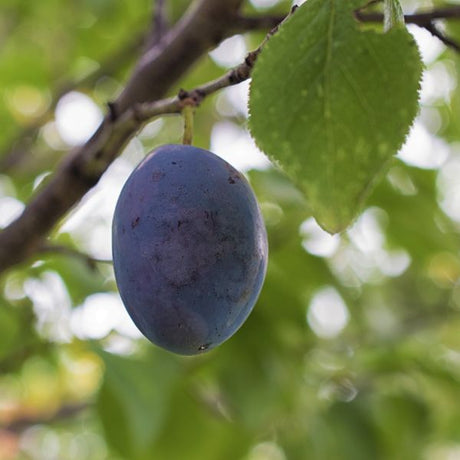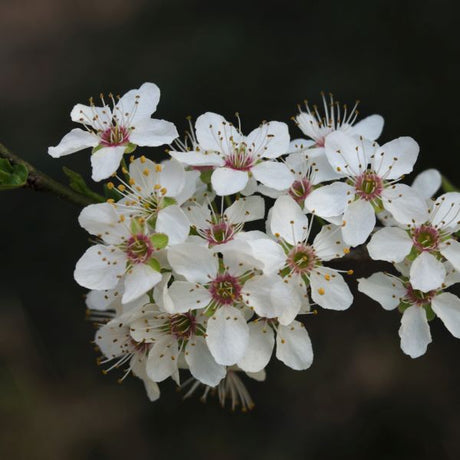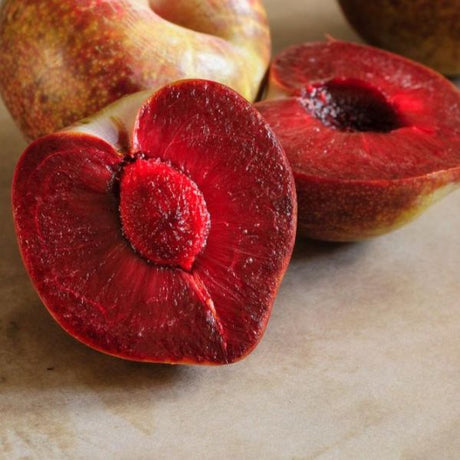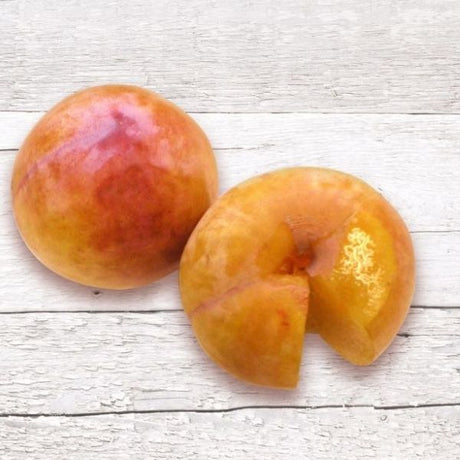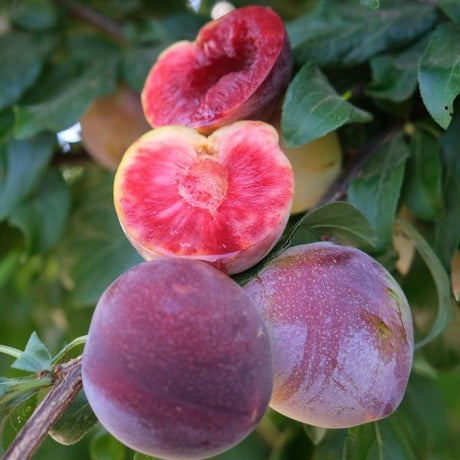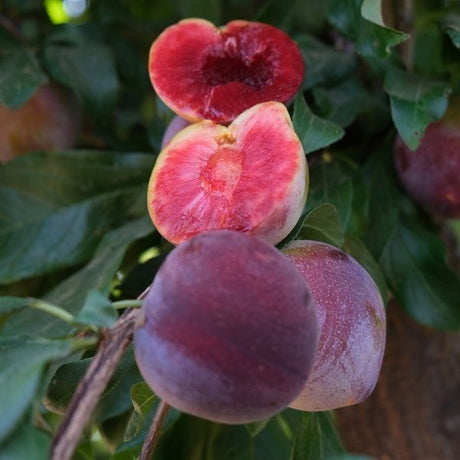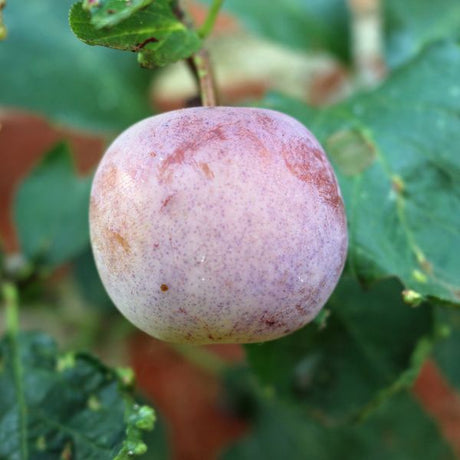- Sold out
- Sold outUp to 6% off
- Sold outUp to 16% off
- Sold outUp to 5% off
- Regular price From $16963Unit price /Unavailable
- Sold outRegular price From $6480Unit price /Unavailable
- Sold out
French Improved European Prune Tree
Regular price $14995Unit price /Unavailable - Sold outNew arrivalRegular price $14982Unit price /Unavailable
- Regular price $14964Unit price /Unavailable
- Sold outRegular price From $14959Unit price /Unavailable
- Regular price $11951Unit price /Unavailable
- Sold out
- Sold outRegular price $14984Unit price /Unavailable
- Sold outRegular price $24976Unit price /Unavailable
- Sold out
- Regular price $14976Unit price /Unavailable
- Sold outRegular price $14974Unit price /Unavailable
- Sold outRegular price $9955Unit price /Unavailable
- Sold out
Elephant Heart Japanese Plum Tree
Regular price $14985Unit price /Unavailable- Regular price $14974Unit price /Unavailable
- Sold outRegular price $14974Unit price /Unavailable
Reine Claude European Plum Tree
Regular price $17966Unit price /Unavailable
Shop Plum Trees at Nature Hills Nursery
Plums are native to China, North America, and Europe. Archeologists have discovered plum remains in sites of human settlements from thousands of years ago, alongside olives, grapes and figs. Those findings lead experts to believe that plum trees were one of the very first fruit trees domesticated by humans. Today there are more than 200 cultivars being grown all over the world.

Healthful Plum Fruit
Most of the plums consumed as fresh fruit and found in grocery stores are Japanese plums. European plums have higher sugar content, so they are often dried and used for making prunes. Plums are rich in dietary fiber that is effective in improving digestion. They are low in calories and contain ample amounts of vitamin C, calcium, potassium and carbohydrates. Plums are excellent when eaten fresh and are a great addition in salads. They are used for making pies, desserts, jams, and jellies. Plum trees are fast growing and usually begin producing fruit 3 to 5 years after planting.
European & Japanese Plum Tree Varieties
There are two main types of plum trees being marketed today: European and Japanese. Generally, Japanese plums are larger than European plums, and Japanese plums ripen earlier than their continental cousins. European plums are generally late bloomers, so they are well suited for areas with late frosts or cool springs. Plum trees may or may not need pollinators. Some are self-fruitful, and some need another plum tree for pollination purposes. Most European plums will either benefit from or require cross-pollination from another European variety. Many Japanese plums require pollinators. Follow nursery recommendations for suitable pollinizers, but here are some of our favorite selections:
- Italian Plum Tree - Pinkish-white spring blooms, freestone dark purple fruit with yellow flesh, often dried as prunes, sweet flavor with a lemon-tart edge
- Toka Plum Tree - Nicknamed the bubblegum tree for the candy-like fragrance and flavor of its fruit, produces tons of pollen that spark bountiful crops in neighboring plum trees
- Elephant Heart Japanese Plum Tree - Ripens later than most other varieties, requires another plum for cross-pollination, produces incredibly large, heart-shaped, clingstone fruit with blood-red flesh

New World Plum Varieties
If you’re looking for native plants to beautify your integrated ecosystem, the New World plum trees in our inventory are a great choice. The Native American Plum delivers abundant clusters of white flowers in spring, then handsome toothed leaves in the summer. Autumn brings out red fruit that you or your visiting wildlife can eat, though this plum tree is generally ornamental rather than a fruit-production choice. The Chickasaw Plum, on the other hand, self-pollinates to produce abundant fruit that many Native American tribes once relied on as a food source. Its white spring flowers, red summer fruit, yellow fall foliage and textured bark offer four seasons of visual interest.
FAQ's for Buying Plum Trees Online
What is the difference between European and Japanese Plum trees?
What is the difference between European and Japanese Plum trees?
European Plum trees tend to produce smaller, sweeter fruit that ripens later and stores well, making them ideal for drying into prunes. Japanese Plum trees generally bear larger fruit that ripens earlier and is perfect for fresh eating. European varieties like Italian Plum are great for cool climates, while Japanese types like Elephant Heart thrive in warmer zones and often need a pollination partner.
Do Plum trees need a pollinator to produce fruit?
Do Plum trees need a pollinator to produce fruit?
Some Plum trees are self-fruitful, while others require a compatible pollination partner. Most European Plums benefit from cross-pollination with another European variety. Many Japanese Plums, like the Toka Plum, need another variety nearby to ensure a bountiful harvest. Always check the specific tree’s product page for pollination requirements.
How long does it take for a Plum tree to bear fruit?
How long does it take for a Plum tree to bear fruit?
Plum trees typically begin producing fruit three to five years after planting. With proper care, sun exposure, and well-drained soil, they will establish quickly and start rewarding you with juicy harvests. Nature Hills offers mature trees that give you a strong start toward early fruiting.
What are the health benefits of eating fresh Plums?
What are the health benefits of eating fresh Plums?
Plums are loaded with dietary fiber, vitamins, and antioxidants. They are low in calories and rich in vitamin C, calcium, and potassium. Whether you enjoy them fresh, in salads, or cooked into jams and desserts, Plums support digestive health and make a tasty, heart-smart snack.
Are there any native Plum trees that grow well in the United States?
Are there any native Plum trees that grow well in the United States?
Yes, native Plum trees like the American Plum and Chickasaw Plum are perfect for naturalized landscapes and wildlife-friendly gardens. These trees offer beautiful spring blooms, colorful fruit, and seasonal foliage while supporting birds, pollinators, and native ecosystems. Chickasaw Plum also produces edible fruit and self-pollinates, making it both ornamental and functional.

